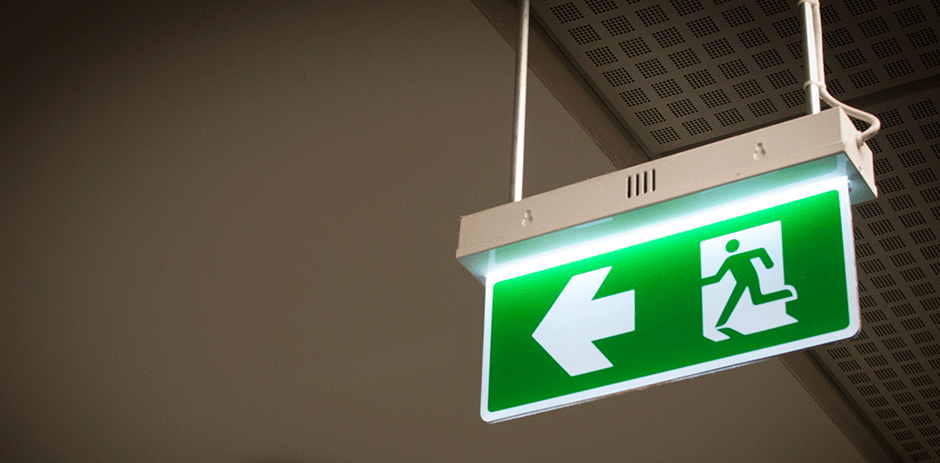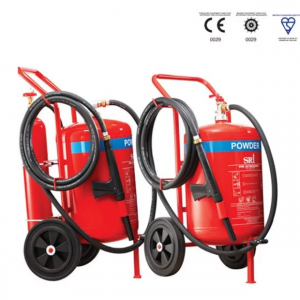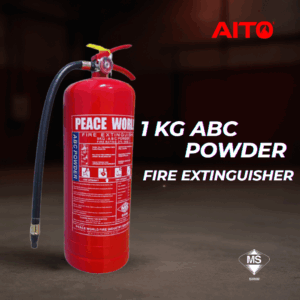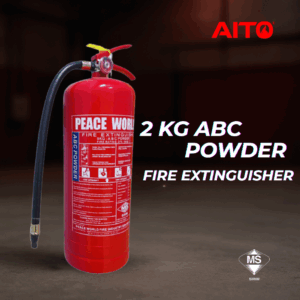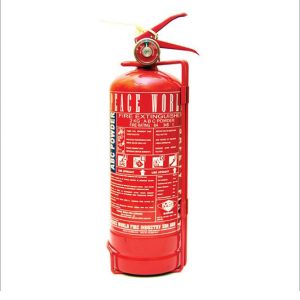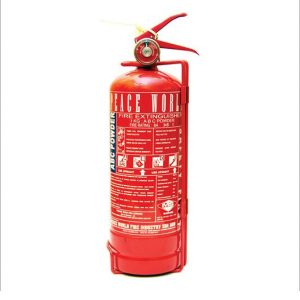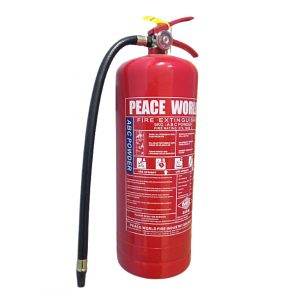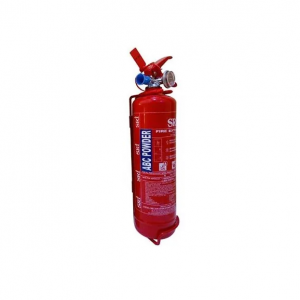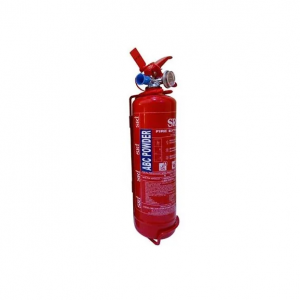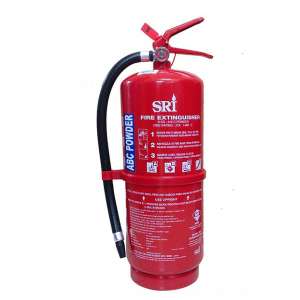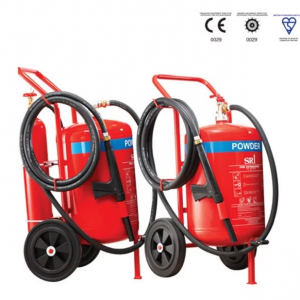Fire Safety Strategy : 3 Reasons Need Fire Safety Strategy

Fire Safety Strategy. 3 Reasons Why You Need Fire Safety Strategy. Imagine, in just two minutes, a fire can become life-threatening. In five minutes, anyone can be covered in flames.
What would you do to save a life?
What action can be made to at least give people a chance to be warned and escape when fire incidents happen?
Fire safety training needs to be done by professionals. Applying a fire safety strategy requires knowledge and experience so that the probability of fire incidents happen can be minimized.
These are the three reasons why you need a fire safety strategy at your premises.
- Ensure that the risk of a fire occurring is minimized.
When you are running a business, your customers and staff safety must be one of your priorities to take care of. That means in any way possible, you have to ensure the risk of a fire occurring is at the very minimum. One way of doing this is to install a smoke detector.
Smoke alarms are significant home security instruments since they give you more time to escape from fire.
Appropriately working locators give you an early cautioning that makes escape more probable, yet the unit is something other than an alert.
Understanding the essential elements of a smoke alarm makes it obvious to perceive any reason why you need the smoke detector that functioning admirably in your premises.

Smoke alarms with a vibrating pad or flashing light are available for the deaf and hard of hearing. Additionally, smoke alarms with a strobe lights outside the house to catch the attention of neighbors and emergency call systems for summoning help are also available.
Make sure your smoke alarms are tested monthly and change the batteries at least once a year.
- It safeguards and protects your customers, staff and future.
Having a fire safety strategy is not only to minimize the risk of fire occurring but also to determine the way out safe and adequate as contained in the Fire Services Act 1988.
Under the Fire Services Act 1988 (Act 341), designated buildings are subjected to an annual inspection by Fire and Rescue Department personnel for certification that the premises “comply with the life safety, fire prevention, fire protection and fire-fighting requirements.”
The Fire and Rescue Department should be stricter on doing the yearly investigation for flame accreditation to guarantee that assigned structures consent to the existence of security, fire avoidance, fire assurance and putting out fires.
However, these yearly examinations ought to be directed by qualified experts, incorporating engineers with expertise in fire protection.

- Making sure that people can easily escape the building, if necessary.
Ensure appropriate arrangements, such as fire procedures and the use and maintenance of fire safety measures, are firmly practiced and in place.
Plan your escape and your capacities. Know in any event two ways out from each room. On the off chance that you utilize a walker or wheelchair, check all ways out to make sure you get past the entryways. Make any necessary accommodations such as providing exit ramps and widening doorways to facilitate an emergency escape.
In case if there is a fire incident happening, follow these steps:
- Identify your exits.
Search for the nearest and safest exit for you to escape the building.
- Get out fast.
Don’t stop to call the fire department or take time to get dressed or grab any belongings. If you can already smell smoke or see flames, you need to move quickly.
- Check doors for heat before opening.
If the door is hot, find another exit. The fire may be right on the other side and opening the door can give it the oxygen it needs to spread.
- Stay low to the ground to avoid breathing smoke.
The leading cause of death or injury in fires is actually asphyxiation, or lack of oxygen caused by smoke. Since smoke rises during a fire, staying close to the ground when exiting (either crawling or crouching) can make it easier to see and breathe.
- If anything on your person catches on fire, STOP, DROP and ROLL.
The fastest way to put out a fire is to deprive it of what it needs – oxygen. If your hair or clothing starts to smoke or flame, drop to the ground and roll.
- Don’t use elevators during a fire.
Elevators can stop or break during fires, trapping you inside. All buildings with elevators are required to have separate exits by stairs.
- Pick a place outside the premise (that’s far enough away from the building) to meet up with everyone else.
That way you will be able to tell the fire department if family members or co-workers are still inside. Tragedies have happened when people have not “reported in” and others have re-entered buildings to look for the so-called missing persons. Miscommunication can happen in such chaos situation. Make sure you have someone to reconfirm so this does not happen to either you or firefighters.
- After you get out, call the fire department.
Dial 999 to get to the emergency services line. If you are traveling, make sure to know the emergency contact number of that area.
- Don’t go back inside!
Once you have escaped a burning building, do not go back in for anything. Even if the fire does not seem bad from outside, the smoke and heat inside may be threatening.
Practice your escape plan regularly. The more familiar you are with your escape plan, the less like you’ll be to panic during a real emergency.
At AITO Firework, we provide fire & safety training that will help our clients in getting the skills and knowledge regarding fire safety. Call us at 03 – 7831 4791 for more details.

